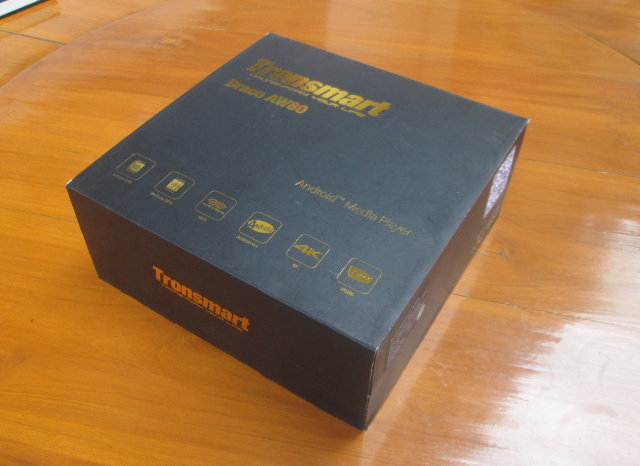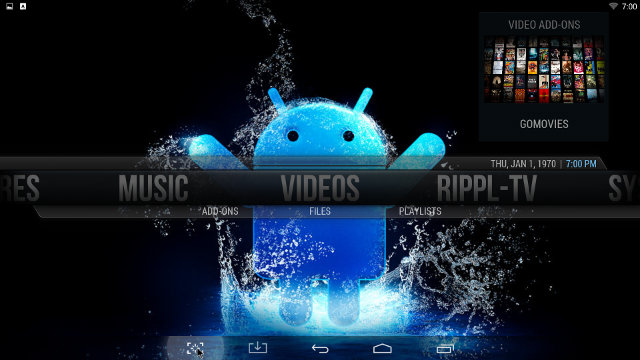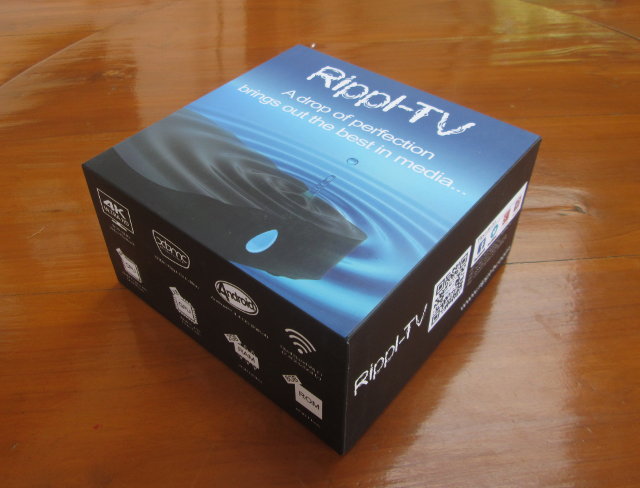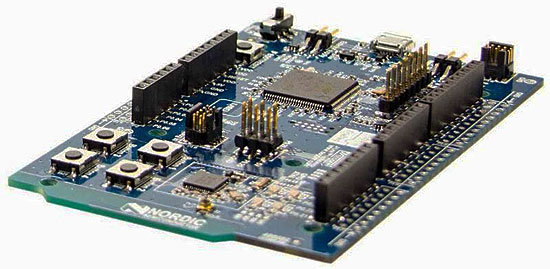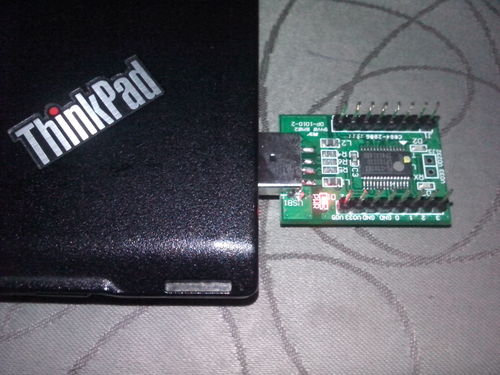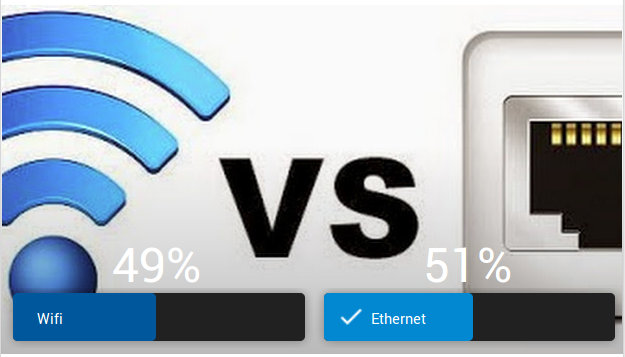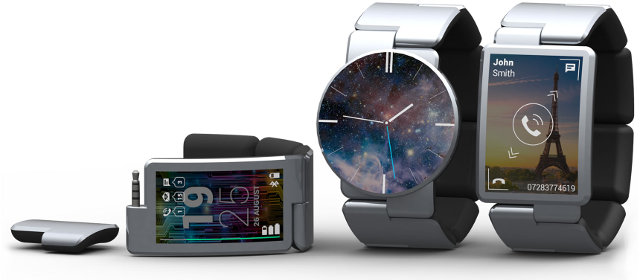Tronsmart Draco AW80 (click for full specs) is the first octa core Android TV box / mini PC thanks to Allwinner A80 processor. Draco AW80 Meta model comes with 2GB RAM / 16GB eMMC, and the upcoming Draco AW80 Telos will feature 4GB RAM and a 32GB eMMC. Geekbuying sent me the Meta version for review, and since I’ve already posted pictures of the device and board, today I’ll post my findings after testing the unit. First Boot, Settings and First Impressions I’ve inserted two AAA batteries in the provided remote control, and it works as expect, but as usual, I’ve used Mele F10 Deluxe air mouse to control the device during my testing, since it’s impossible to use most apps with an IR remote control, XBMC/Kodi being one exception. I’ve connected an HDMI cable, a USB 3.0 hard drive to the USB 3.0 OTG port of the TV box, […]
Unboxing of Tronsmart Draco AW80 Meta mini PC Powered by AllWinner A80 Processor
GeekBuying sent me a sample of their Tronsmart Draco AW80 mini PC powered by Allwinner A80 octa core processor. I’ve received the Meta version with 2GB RAM, and 16GB eMMC, but next month Telos version will ship with 4GB RAM and 32GB eMMC instead. Today I’ll show some pictures of the product and the internal boards, and in a few days I’ll write a full version with the Android 4.4 firmware. Later, I’ll most certainly review the Ubuntu beta image that’s scheduled for released by the end of the month. Tronsmart Draco AW80 Unboxing I’ve received the device by DHL in the black and gold package below. I was surprised by the size of the box (16.4 x 16.4 cm) which quite larger than what I’m used to with other TV boxes, and all cables and accessories are stored in little black boxes within the main package. Accessories include a […]
Review of Rippl-TV Android XBMC TV Box
Rippl-TV is an Android TV box based on an update revision of Eny Techology/Shenzhen Tomato M8 (square) TV Box with an Amlogic S802 quad core processor, but featuring a different firmware with an alledgedly customized Android 4.4 OS called utilOS, and a launcher based on XBMC also called Rippl-TV. I’ve already written an unboxing post, including pictures of the board, so today I’l focus on the full review, and compare the performance to the original M8, as well as a closer look at the new user interface. First Boot, Settings and First Impressions Rippl-TV comes with an IR remote, and as long as your stay in XBMC and play videos, it’s fine, but as this type of remote is usable with most Android apps, I used Mele F10 Deluxe air mouse instead to control the device. I’ve connected an Ethernet cable, an HDMI cable, a USB hard drive, and a […]
Unboxing of Rippl-TV XBMC Android Media Player
Half year ago, I reviewed Shenzhen Tomato M8 / TM8 Android TV Box. It was the first hardware I received based on Amlogic S802, and although I found overall performance and video playback in XBMC was very good, the firmware was not always stable, and Wi-Fi performance was poor. Shenzhen Tomato has now sent me another model based on Amlogic S802 called Rippl-TV (click for full specs), with an hardware very similar to M8 as we’ll see below, but a completely different firmware that relies on XBMC as the Android launcher. Rippl-TV Unboxing I received the TV Box by Fedex in the following package that reads “Rippl-TV a drop of perfection brings out the best in media…” The package lists the key features of the TV with 4K UHD video playback, XBMC Rippl-TV Edition, Android 4.4 OS (called UtilOS), dual band Wi-Fi, a quad core Cortex A9 CPU coupled with […]
Nordic Semi Announces nRF51 DK Arduino Compatible Board, and nRF51 Dongle with Bluetooth Smart, ANT, and 2.4GHz Connectivity
Nordic Semiconductor has introduced two new low cost development boards supporting Bluetooh LE, ANT/ANT+, and proprietary 2.4GHz applications based on their nRF51 series SoCs: nRF51 DK, an Arduino UNO Rev.3 compatible board that can be used for various IoT and wearables applications, and nRF51 Dongle, a USB dongle to connect to a PC or board, which can be useful for packet sniffing and BLE peer connection. nRF51 DK Development Board Key features listed for the board: SoC – Supports nRF51822 (BT/2.4Ghz) and nRF51422 (BT/ANT) SoCs based on an ARM Cortex M0 processor, with 128kB or 256kB flash memory, and 16kB or 32kB RAM. Connectivity Bluetooth Smart, ANT/ANT+ and 2.4GHz proprietary Integrated PCB antenna Connector for RF measurements Expansions Headers Arduino Uno Rev. 3 compatible connector for use with 3rd party shields All I/O and interfaces available via connectors Debugging Segger J-Link OB and ARM CMSIS-DAP Program/Debug supported Support for Program/Debug […]
Add GPIOs to Windows, Linux, Android Computers and Devices with FTDI USB Adapters / Breakout Boards
It’s possible to to add GPIOs to your computer, (openWRT) router, or Android tablet using some FTDI USB dongles that expose I/Os. On operating systems based on Linux, including Android, you can use the GPIO sysfs interface (/sys/class/gpio) to easily control GPIOs from the command line, and in some cases Rx, Tx, CTS, .. pins can also be used as GPIOs. Zoobab has tried it with various FTDI USB adapters, and Oneping OP-1010 breakout board based on PL2303 HDX chip, and the results are mixed, but it could worth a try. There are currently patchsets ([1] and [2]) awaiting acceptance to mainline kernel that will enable GPIO support for these USB devices, but in the meantime you need to patch the kernel yourself, and then enable the relevant options in the kernel config for example “USB_SERIAL_PL2303_GPIO” or “USB_SERIAL_FTDI_SIO_GPIO”. The first patch is for PL2303 chips, and the second for FT2xxx/FT4xxx […]
Mini PC Polls: Networking Connectivity, Video and Audio Outputs
It’s always interesting to find out how people use their devices, and I recently discovered Google+ support Polls as Droidmote posted a poll to find out whether people used Wi-Fi or Ethernet with their mini PCs, and I followed up with polls about video and audio outputs. Around 50 people have answered to each poll up to now, so even if it may not representative, let’s have a look at the results so far. About half of the people are connected via Ethernet, and the other half are using Wi-Fi after 43 votes. Wi-Fi is normally more convenient, but may not be as reliable, and for users playing high bitrate videos Ethernet is a must, unless you find buffering enjoyable…. After 58 votes, most people still connect their mini PC to a Full HD television via HDMI, with a few connecting it to a 4K UHD TV, and nobody using […]
Meet Blocks, a Tizen Modular Smartwatch based on Edison Board
If you like Phoneblocks / Project Ara module model concept, you may also be interested in Blocks, a modular smartwatch comprised of blocks connected via 3.5mm jacks. The watch is running Tizen on Edison development board powered by Intel dual-core Atom + Quark SoC, and part of the 10 finalists of Intel’s Make It Wearable challenge. Most smartwatches comes with a dumb” watchband, but with Blocks both the actual watch, and watchband are smart and customizable. You can change from round to square display, and add modules, which are part of the watchband, adding features like GPS, heat rate monitor, motion sensors, extra battery capacity, SIM card, contactless payment, temperature sensors, and so on. Each module also have a removable cover to let you change the color. One of the main drawbacks of current smartwatches is the battery life (1 to 2 days), so if it is possible to connect […]



